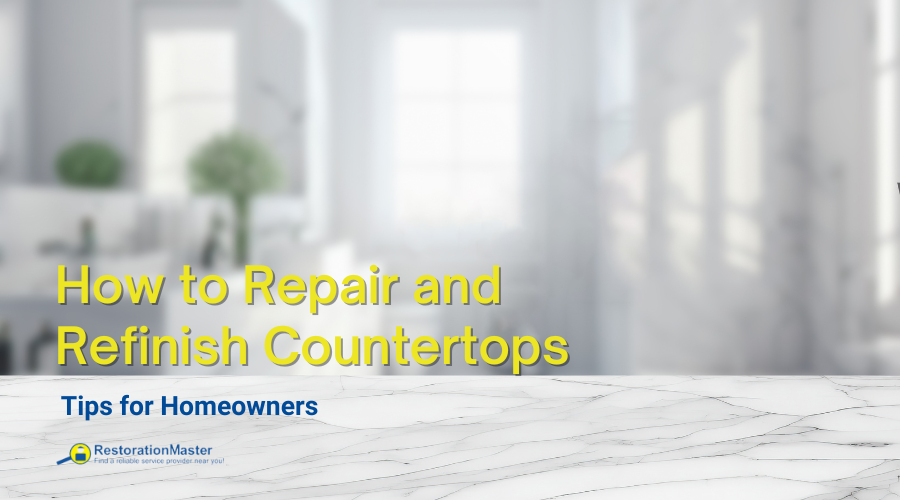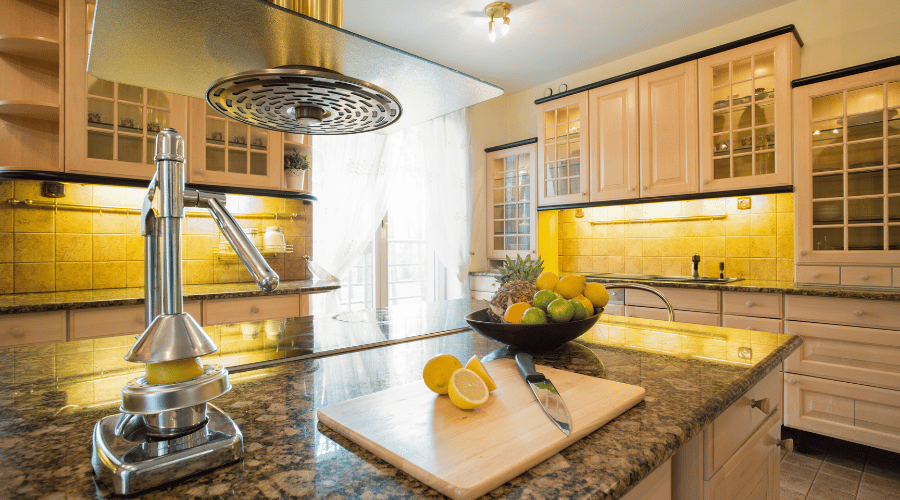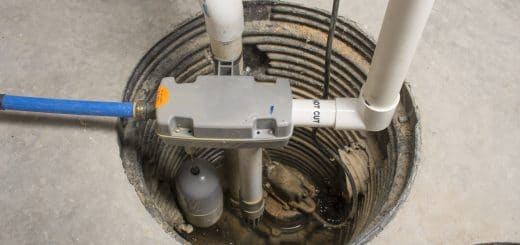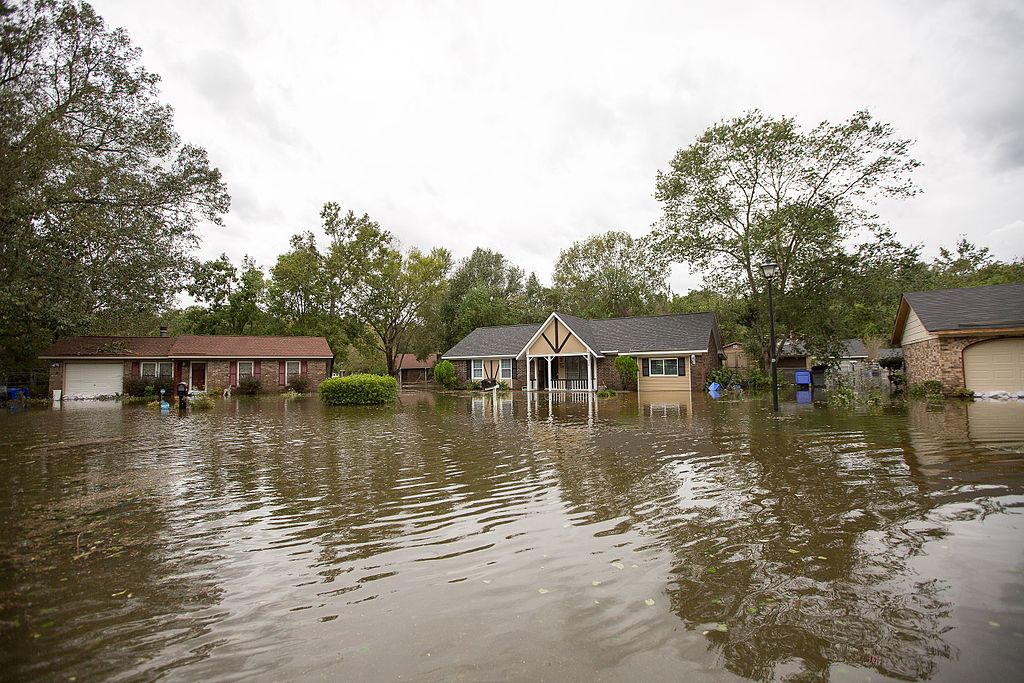How to Repair and Refinish Countertops

Summary:
- Refinishing Loose Edges: Clean and re-glue loose laminate edges using appropriate adhesives and tools.
- Repairing Laminate Bubbles: Attempt re-gluing or replace the bubbled section with a matching laminate sheet.
- Fixing Scratches: Use color-matched resins to fill and repairRepair is the act of fixing or restoring damaged property, m... More scratches, followed by proper sanding.
- Resurfacing Options: Update countertops by resurfacing with durable materials like marble or granite, or innovative options like chalkboard or spray-painted surfaces.
- Cost-Effective Solutions: Resurfacing is a budget-friendly alternative to complete countertop replacement.
Repairing countertops involves working with laminate materials. Overtime, these materials can start to come loose or bubble, or they can become scratched from repeated use. In all cases, laminate glues and resins are used to remedy the situation.
Refinishing Laminates with loose edges
Refinishing a laminate countertop with loose edges is a great solutionA solution is a homogeneous mixture of two or more substance... More to add elegance and style to your kitchen. Laminate is a durable material that can be refinished many times, giving you the option of updating your look as often as you like.
If your countertop’s laminate covering has started to come loose at the edges, you can simply re-glue it by following these steps:
1. Carefully lift up the loose section of the laminate.
2. Remove any loose debris with a dry cloth or putty knife.
3. Apply the appropriate glue to the countertop’s understructure using a glue gun, syringe, and/or putty knife.
4. Push the loose section of laminate back down onto the glue. Roll flat with a laminate roller.
5. Ensure level dryingDrying is the process of removing moisture from materials, s... More by placing something of uniform weight on top of the re-glued laminate, such as a few text books. If you are refinishing a vertical section of laminate, you will need to use a locking clamp.

If your countertops are scratched, damaged or in rough shape, you can refinish them yourself. This article will show you how to repairRepair is the act of fixing or restoring damaged property, m... More and refinish old countertops using some common tools from around the house.
Repairing Laminate Bubbles
If your laminate countertop or bathtub is exposed to excessive heat, it may start to bubble up. Repairing such bubbles is much more difficult than re-gluing loose ends. To repairRepair is the act of fixing or restoring damaged property, m... More laminate bubbles, you can attempt the steps outline above for refinishing loose edge, making sure to roll the bubble flat with a laminate roller.
If this doesn’t work, or seems like to it would be too difficult, you can also try to find a sheet of laminate replacement. Common laminates can be repaired by removing the bubbled section and simply replacing it with a new section. The seams are then filled with colored resins, as outlined in scratch repairRepair is the act of fixing or restoring damaged property, m... More below. Keep in mind, however, that this process only works if you can find an exact laminate match.
Repairing Laminate Scratches
Overtime, even the toughest laminates with begin to show signs of wear. The most common cause of this is in the kitchen, when knives scratch laminate countertops. Fortunately, scratched laminate countertops don’t always need to be replaced. Instead, they can be repaired with resins, which are thin dryingDrying is the process of removing moisture from materials, s... More liquids that fill the scratches as if they were cracks.
To repair laminate scratches with a resin:
1. Find an appropriate color match.
2. Treat the scratched area with a cleaning solutionA solution is a homogeneous mixture of two or more substance... More and cloth. Wipe dry.
3. Follow directions on container, applying resin accordingly. You will likely need a putty knife. You will also need to take note of the resin’s dry time, and whether it needs to be sanded.

Resurfacing and refinishing countertops will update your home’s décor and make any kitchen or bathroom look brand new. Experts use state-of-the-art equipment to reface and refinish your countertops, making them look like new.
Resurfacing and Refinishing Countertops
You can resurface your existing countertops. If you’re looking to give your kitchen a facelift without replacing the entire counter, resurfacing your laminate countertops is an effective way to breathe new life into your space. The process involves either removing and replacing the laminate or completely covering it with a fresh layer for an updated look. Resurfacing kitchen countertops is a great option for homeowners who want to save money by not installing brand new counters from scratch but still want to completely update their kitchen’s appearance.
You can also resurface your kitchen countertops without replacing them. There are many different types of ‘marble’ that are more durable than real marble and do not cost as much. Tile style patterns would make a great addition to your kitchen. For people that enjoy keeping track of their groceries or planning out meals, chalkboard countertops can be a fun and creative way to help you figure out what’s needed in your kitchen. Spray painting a stone base is another option that won’t add any weight to your kitchen, but it will create something beautiful.
The cost of countertop overlay can vary depending on the type of material you choose and the number of feet needed. A variety of materials are available, including marble, granite, concrete, and solid surface products such as Corian and Wilsonart. The average cost for countertop overlay ranges from $20 up to $200 per square foot. This includes labor and materials; but no matter what you choose, you can make that old kitchen look brand new!
As you start to attempt laminate repairRepair is the act of fixing or restoring damaged property, m... More work or refinishing on your own home’s kitchen countertops or bathtubs, you may find that it is actually a bit more complex than the simple steps outlined above. If it’s just too difficult, you may need to consult a professional. If, on the other hand, you just need a little hands-on guidance, consider a professional refinishing training class. You might be surprised with what you’ll learn, and you can even apply your new skills as a way to generate income on the side.












